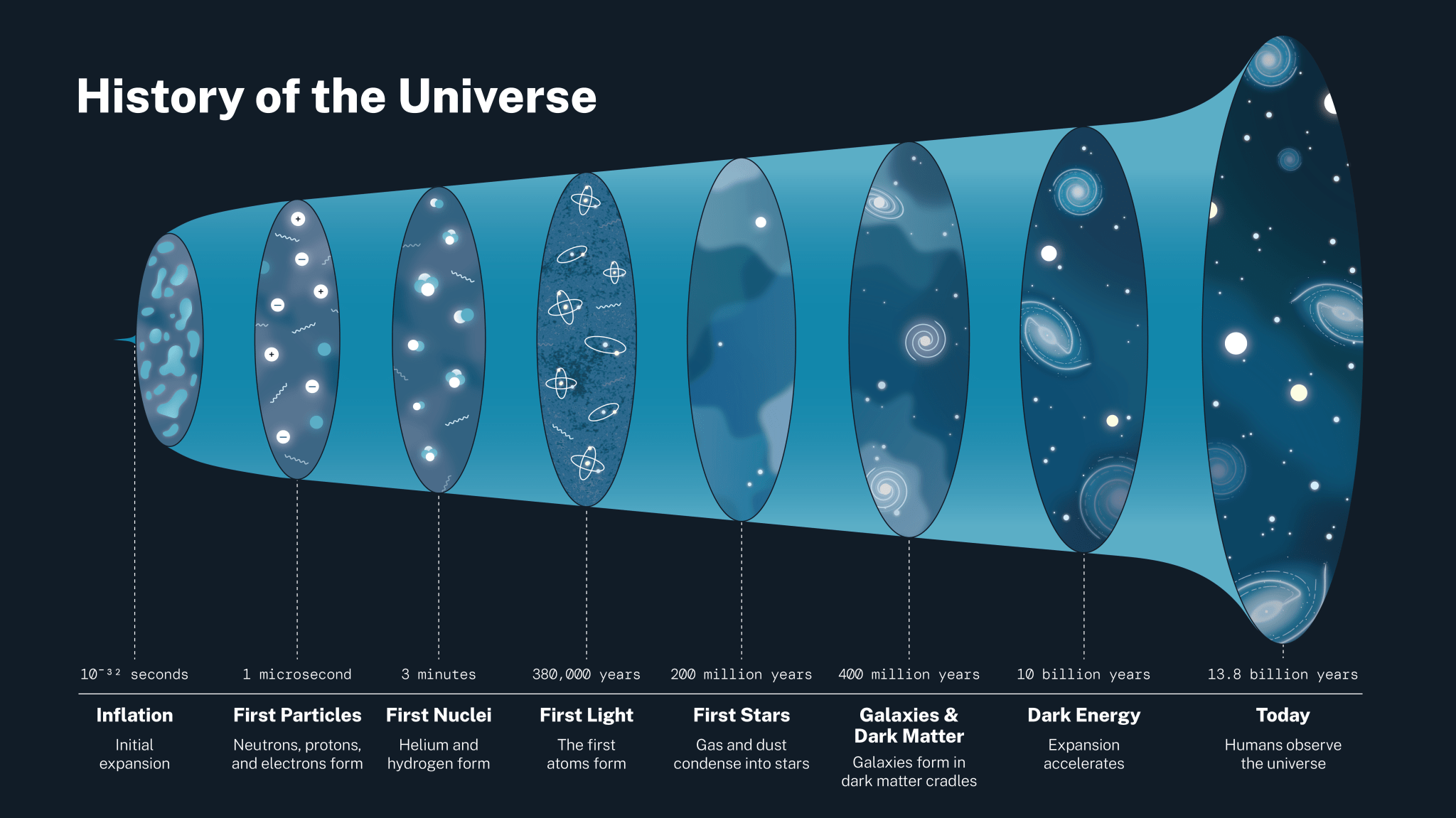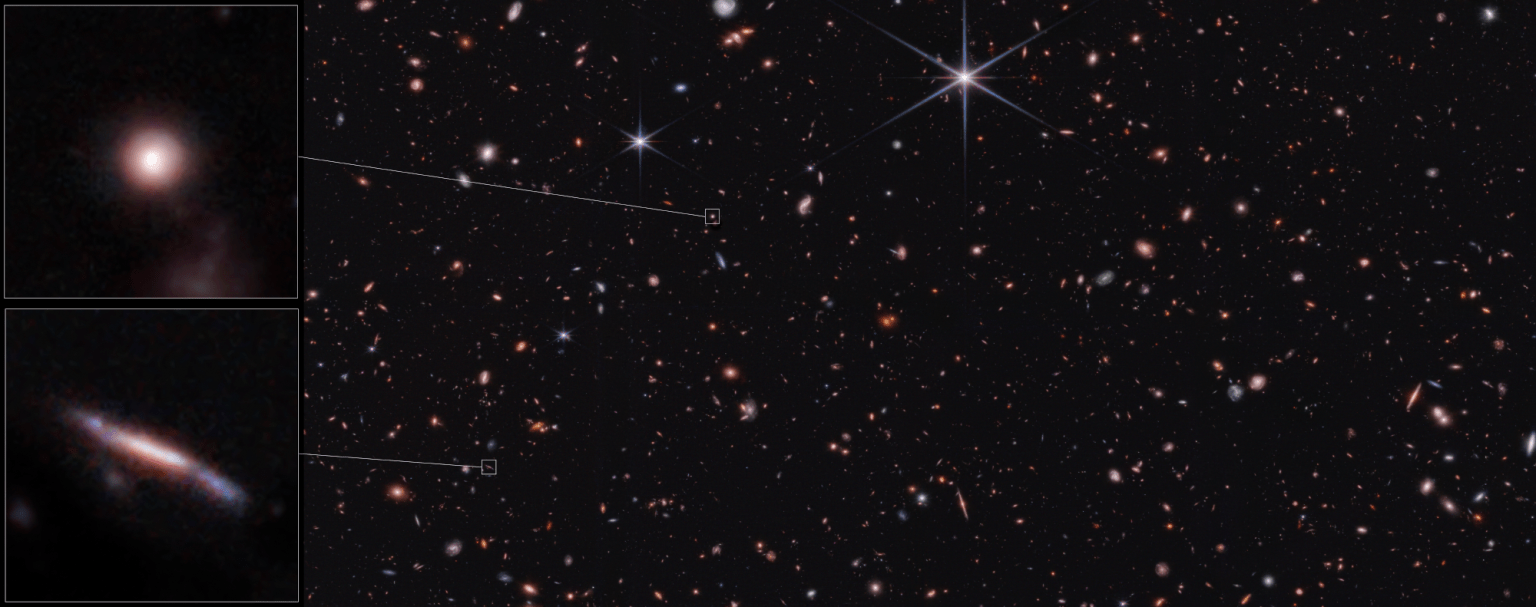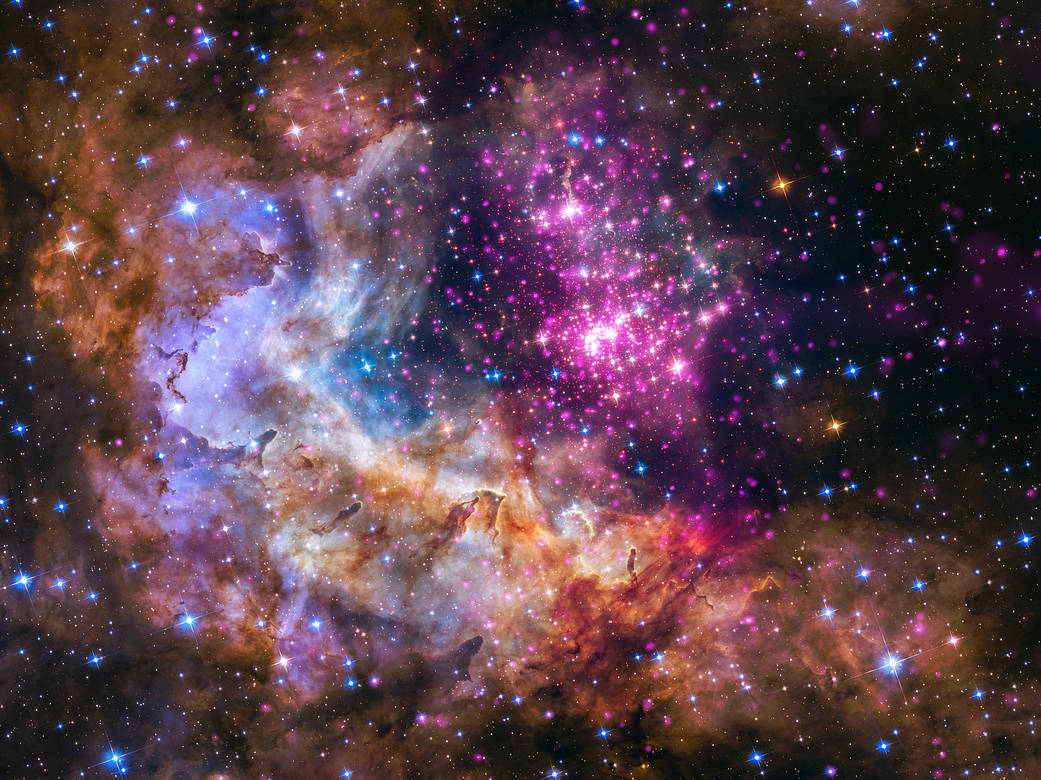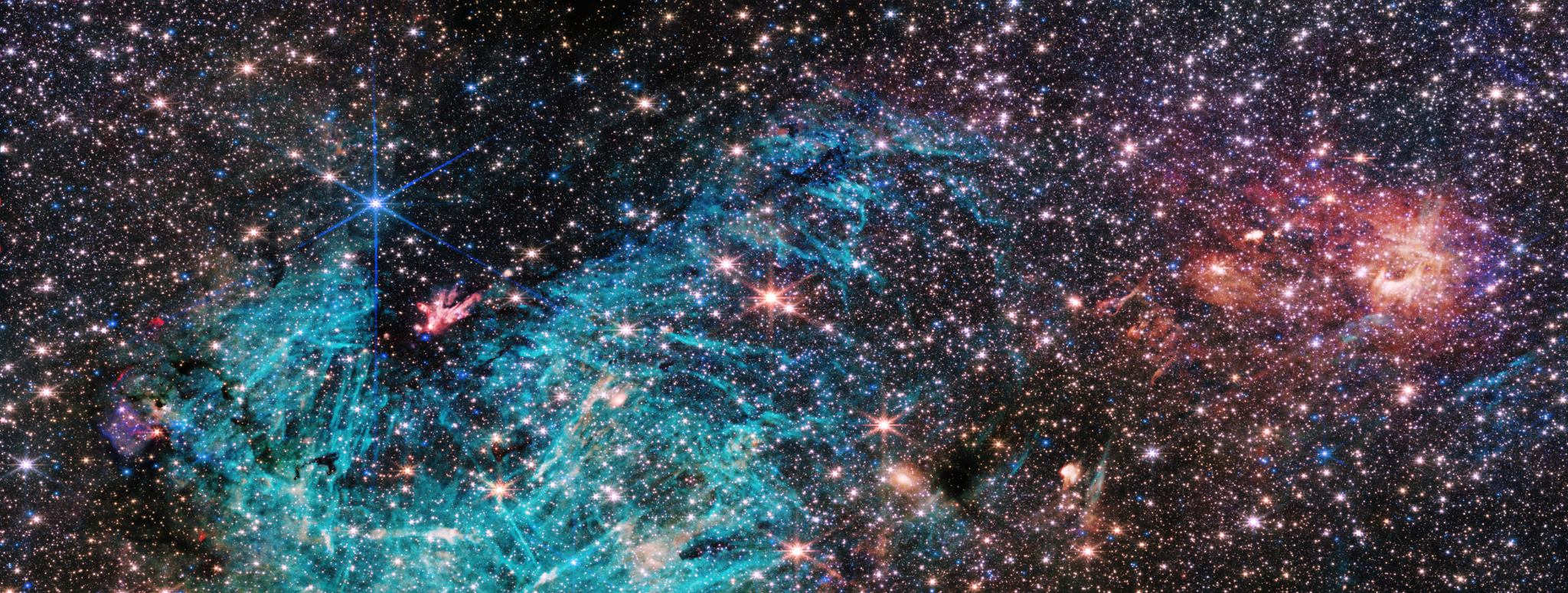11 min read What is Dark Energy? Inside our accelerating, expanding Universe Some 13.8 billion years ago, the universe began with a rapid expansion we call the big bang. After this initial expansion, which lasted a fraction of a second, gravity started to slow the universe down. But the cosmos wouldn’t stay this way. Nine billion years after the universe began, its expansion started to speed up, driven by an unknown force that scientists have named dark energy. But what exactly is dark energy? The short answer is: We don’t…
Read MoreTag: James Webb Space Telescope (JWST)
NASA’s Webb Depicts Staggering Structure in 19 Nearby Spiral Galaxies
6 Min Read NASA’s Webb Depicts Staggering Structure in 19 Nearby Spiral Galaxies Webb’s set of 19 PHANGS images of face-on spiral galaxies. Credits: NASA, ESA, CSA, STScI, Janice Lee (STScI), Thomas Williams (Oxford), and the PHANGS team It’s oh-so-easy to be absolutely mesmerized by these spiral galaxies. Follow their clearly defined arms, which are brimming with stars, to their centers, where there may be old star clusters and – sometimes – active supermassive black holes. Only NASA’s James Webb Space Telescope can deliver highly detailed scenes of nearby galaxies…
Read MoreWebb Shows Many Early Galaxies Looked Like Pool Noodles, Surfboards
5 Min Read Webb Shows Many Early Galaxies Looked Like Pool Noodles, Surfboards Researchers are analyzing distant galaxies when the universe was only 600 million to 6 billion years old. Credits: NASA, ESA, CSA, Steve Finkelstein (UT Austin), Micaela Bagley (UT Austin), Rebecca Larson (UT Austin) Researchers analyzing images from NASA’s James Webb Space Telescope have found that galaxies in the early universe are often flat and elongated, like surfboards and pool noodles – and are rarely round, like volleyballs or frisbees. “Roughly 50 to 80% of the galaxies we…
Read MoreNASA Features New Discoveries at American Astronomical Society Meeting
5 min read NASA Features New Discoveries at American Astronomical Society Meeting A cluster of young stars – about one to two million years old – located about 20,000 light years from Earth. X-ray: NASA/CXC/SAO/Sejong Univ./Hur et al; Optical: NASA/STScI Experts will discuss new research from NASA missions at the 243rd meeting of the American Astronomical Society (AAS), on topics ranging from planets outside our solar system to fleeting, high-energy explosions in the universe. The meeting will take place Jan. 7-11 at the New Orleans Ernest N. Morial Convention Center…
Read MoreRinging in the Holidays
NASA, ESA, CSA, STScI The ice giant Uranus and its rings steal the show in this Dec. 18, 2023, image from the James Webb Space Telescope. The telescope captured new images of Uranus, revealing detailed features of the planet’s rings and seasonal north polar cap, as well as bright storms near and below the southern border of the cap. This Webb image also shows 14 of the planet’s 27 moons: Oberon, Titania, Umbriel, Juliet, Perdita, Rosalind, Puck, Belinda, Desdemona, Cressida, Ariel, Miranda, Bianca, and Portia. Webb’s extreme sensitivity also picks…
Read MoreA Look Through Time with NASA’s Lead Photographer for the James Webb Space Telescope
2 Min Read A Look Through Time with NASA’s Lead Photographer for the James Webb Space Telescope This self portrait of Chris Gunn, standing in front of NASA’s James Webb Space Telescope from inside the Goddard Space Flight Center cleanroom, was captured November 10, 2016. Credits: NASA/Chris Gunn Nearly two years ago in the early morning hours of Dec. 25, NASA’s James Webb Space Telescope successfully took flight from the jungle-encircled ELA-3 launch complex at Europe’s Spaceport near Kourou, French Guiana. Following a successful deployment in space, and the precise…
Read MoreMeet the Infrared Telescopes That Paved the Way for NASA’s Webb
Scientists have been studying the universe with infrared space telescopes for 40 years, including these NASA missions, from left: the Infrared Astronomical Satellite (IRAS), launched in 1983; the Spitzer Space Telescope, launched in 2003; and the James Webb Space Telescope, launched in 2021. NASA/JPL-Caltech The Webb telescope has opened a new window onto the universe, but it builds on missions going back 40 years, including Spitzer and the Infrared Astronomical Satellite. On Dec. 25, NASA will celebrate the two-year launch anniversary of the James Webb Space Telescope – the largest…
Read MoreWebb Sheds Light on an Exploded Star
NASA’s James Webb Space Telescope’s new view of Cassiopeia A (Cas A) in near-infrared light is giving astronomers hints at the dynamical processes occurring within the supernova remnant. Tiny clumps represented in bright pink and orange make up the supernova’s inner shell, and are comprised of sulfur, oxygen, argon, and neon from the star itself. A large, striated blob at the bottom right corner of the image, nicknamed Baby Cas A, is one of the few light echoes visible NIRCam’s field of view. In this image, red, green, and blue…
Read MoreNASA’s Webb Stuns With New High-Definition Look at Exploded Star
6 Min Read NASA’s Webb Stuns With New High-Definition Look at Exploded Star NASA’s James Webb Space Telescope’s new view of Cassiopeia A (Cas A) Credits: NASA, ESA, CSA, STScI, D. Milisavljevic (Purdue University), T. Temim (Princeton University), I. De Looze (University of Gent) Mysterious features hide in near-infrared light Like a shiny, round ornament ready to be placed in the perfect spot on a holiday tree, supernova remnant Cassiopeia A (Cas A) gleams in a new image from NASA’s James Webb Space Telescope. As part of the 2023 Holidays at…
Read MoreSeeing Sagittarius C in a New Light
The NIRCam (Near-Infrared Camera) instrument on NASA’s James Webb Space Telescope’s reveals a portion of the Milky Way’s dense core in a new light. An estimated 500,000 stars shine in this image of the Sagittarius C (Sgr C) region, along with some as-yet unidentified features. A large region of ionized hydrogen, shown in cyan, contains intriguing needle-like structures that lack any uniform orientation. NASA, ESA, CSA, STScI, and S. Crowe (University of Virginia) A star-forming region, named Sagittarius C (Sgr C), is seen in exceptional detail in this image from…
Read More



